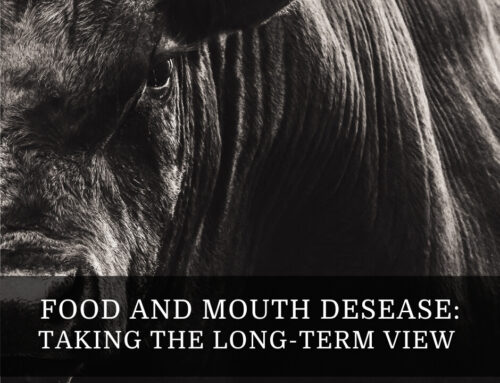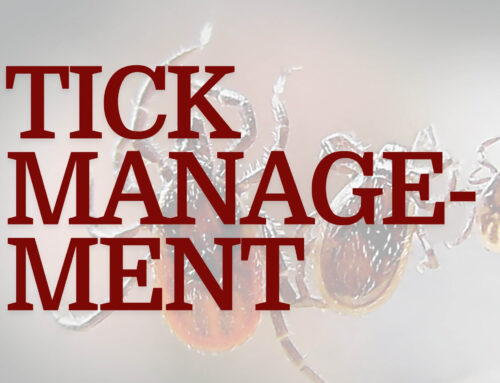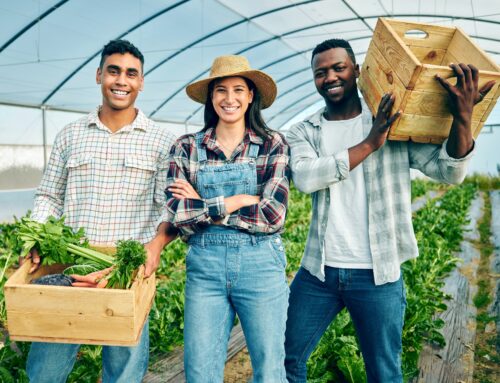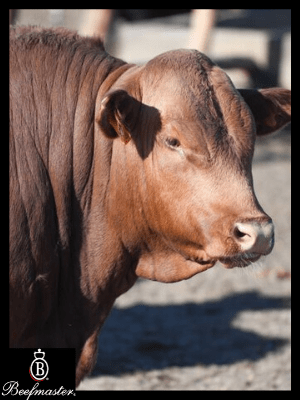 Welcome to your very own tour of our state-of-the-art feedlot!
Welcome to your very own tour of our state-of-the-art feedlot!
We want our customers to know exactly where their beef products come from, and why Beefmaster is synonymous with quality!
That’s why we’re transparent about our cattle’s journey, from the farm to the table.
Below are our answers to your questions about how our cattle are housed, fed, and handled at our feedlot.
What Is A Feedlot?
A feedlot is essentially an all you can eat buffet for our cattle.
The biggest misconception out there is that these animals spend their entire lives on a feedlot.
This is not the case.
Our animals are purchased from local farmers after they have been weaned and have adequately matured at pasture.
Only then are they taken to our feedlot.
Instead of our cattle grazing in the wild and consuming an untraceable, and often insufficiently nutritious grass-based diet, we take all the guesswork out of their nutrition and feed our cattle only the very best scientifically-formulated feed.
Not only do feedlots afford us the opportunity to farm with cattle in more developed, urban areas, but it also allows us to give each animal individual medical care and attention as needed.
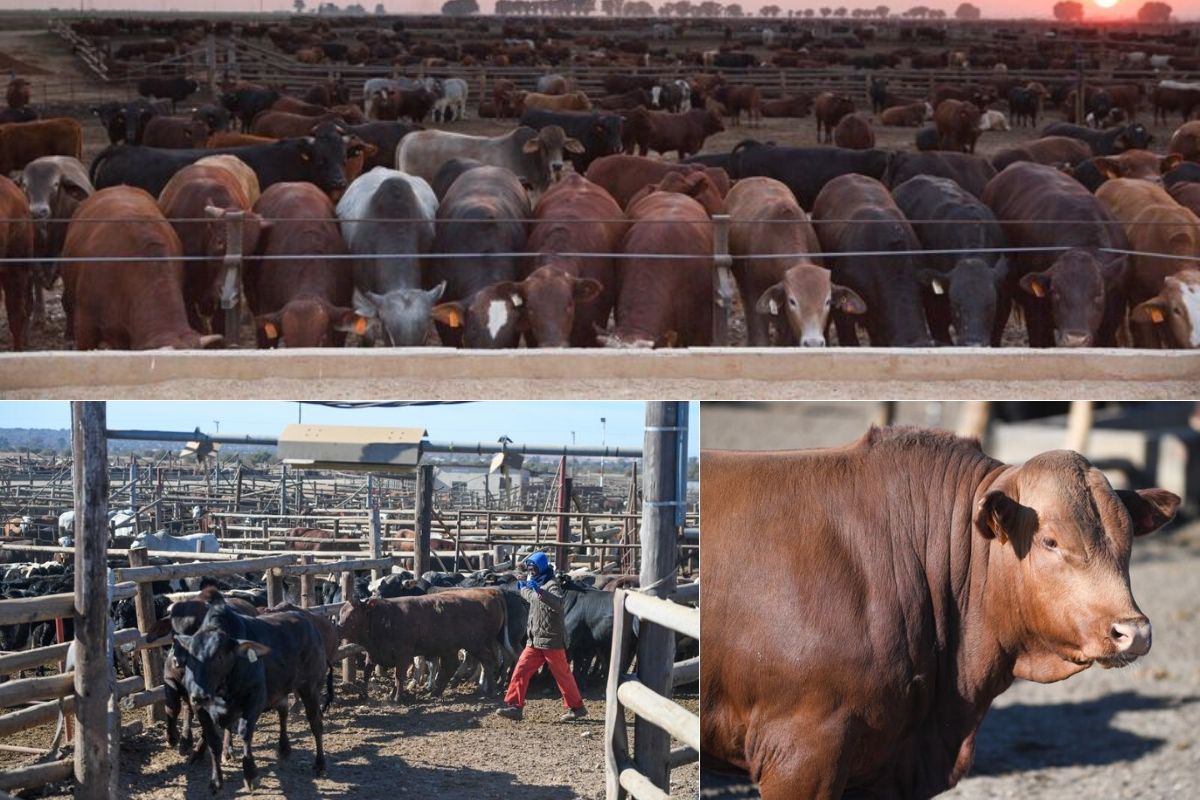
Most feedlots, like ours, are owned and operated by farming families who genuinely care about their animals.
Animals are well cared for with adequate water, well-fed, and kept fit, fat and healthy!
Also see how our feedlot fits into our beef operation process and supply chain – Beefmaster Operations Overview
A Day In The Life Of Cattle At The Feedlot
Cattle are naturally herd animals, so our cattle are always kept together for their own mental and physical health – the exception being in the case of infectious disease or other ailment, in which case the afflicted animal will be quarantined for treatment until their recovery.
Upon arriving at the feedlot, new recruits are immediately introduced to the feedlot way of life by being offered plenty of fresh hay and drinking water – there is no such thing as resource scarcity for our cattle!
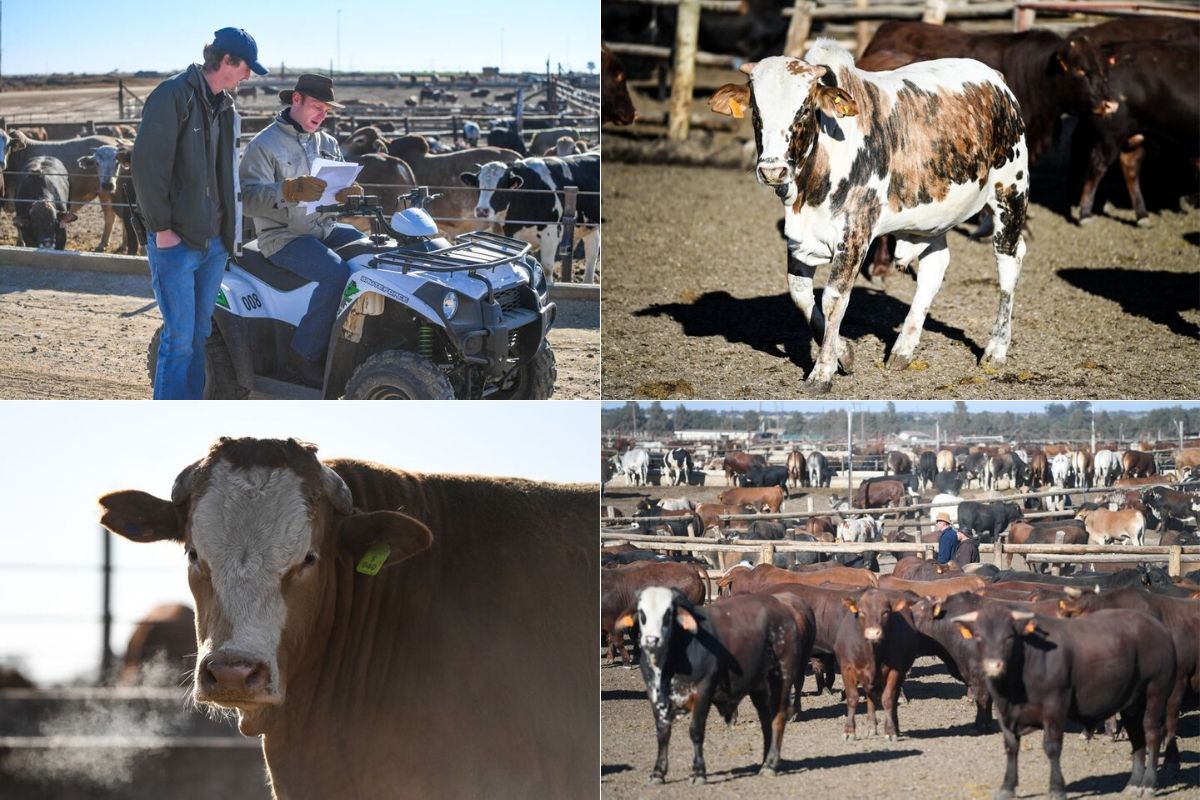
Within just over two weeks of their arrival, all cattle will have been identified, weighed, and vaccinated, and will then be introduced to the typical feedlot schedule along with the rest of their new herd.
The reason new arrivals’ introduction to the schedule is staggered is because grain and alternative feeds, like our scientifically-formulated feed, must be introduced slowly to cattle who are accustomed to a grass-based diet.
A gradual introduction to the new diet is healthier for the animals, and by following this protocol, we help prevent completely avoidable GI issues in our cattle – thus ensuring their health and comfort from day one.
Once they’re fully acclimated, our cattle enjoy routine at the feedlot, including constant access to fresh, clean drinking water, regular feeds, and regular medical check-ups, as well as unlimited access to sheltered areas for rest, relaxation and socialisation.
A Day In The Life Of The Farmer At The Feedlot
Not only do the workers and farmhands spend time each day assessing and documenting the health of the herd, they have their hands full maintaining the accessibility and palatability of the buffet!
The cattle need to be fed at the same time each day to avoid GI upsets, and are typically fed 2 or 3 times per day.
However, in wet weather, they may be fed smaller portions even more frequently, as the wet weather means the feed in the open troughs spoils more quickly, and must thus be replaced more often to avoid illness in the cattle.

Inevitably, cattle, like human babies, spend most of their time eating, sleeping and… yes, making cow patties.
So, our staff spend a significant portion of their time ensuring that the feedlot is cleaned and hygienic!
Our cattle are accustomed to a certain level of cleanliness, and nothing less than spotless will do for more than a little while – meaning a lot of running around and mucking out shelters!
In winter, staff may also be involved in the delousing of cattle.
Why Does Beefmaster Have Its Own Feedlot?
We have our own feedlot because we believe that the best quality beef products come from observing excellence throughout the beef production chain.
That means that we sell the best beef products because we buy the best cattle, feed them the best feed, as approved and conceptualised by our ruminant nutritionists, and we take the best care of them during their time with us.
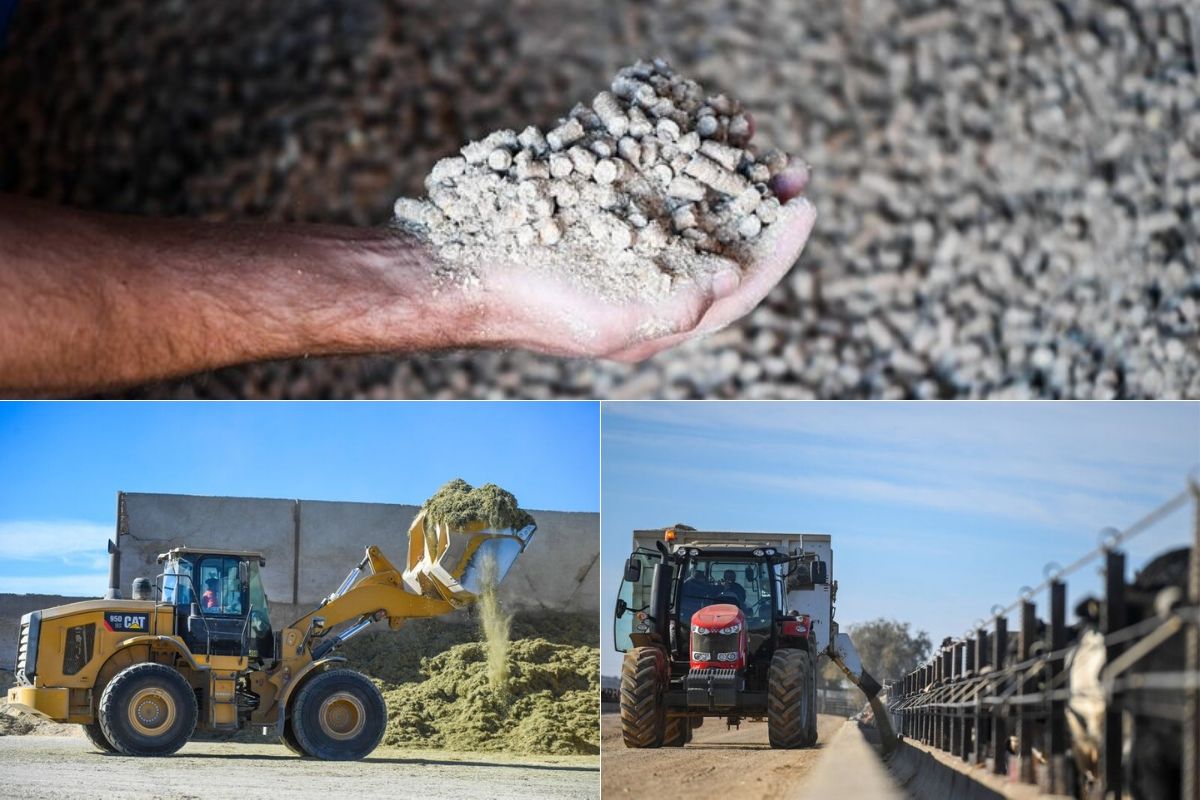
We want our customers to rest assured that their beef products are of exceptional quality, because cattle are looked after really well during their time with us.
The Main Challenges of Feedlotting Cattle
In general, the primary challenges faced in feedlot farming include- the maintenance of the optimum health and diet of the cattle and the management of animal waste.
As cattle manure is rich in the nutrients required to farm the grains used in the composition of their feed, a self-sustaining cycle of buying and selling grain and manure is often observed by feedlots and the grain farmers who supply them.

As leaders in the local beef industry, it is up to companies like us to share with the public on what exactly goes into the beef products that they buy and eat.
The majority of our cattle are on the lot for fewer than 100 days, and have led full, pastoral lives before their arrival.
Beefmaster is committed to transparency and exceptional quality beef.
Should you wish to know more about Beefmaster, our products or processes, please feel free to contact us using the contact form on our website.
